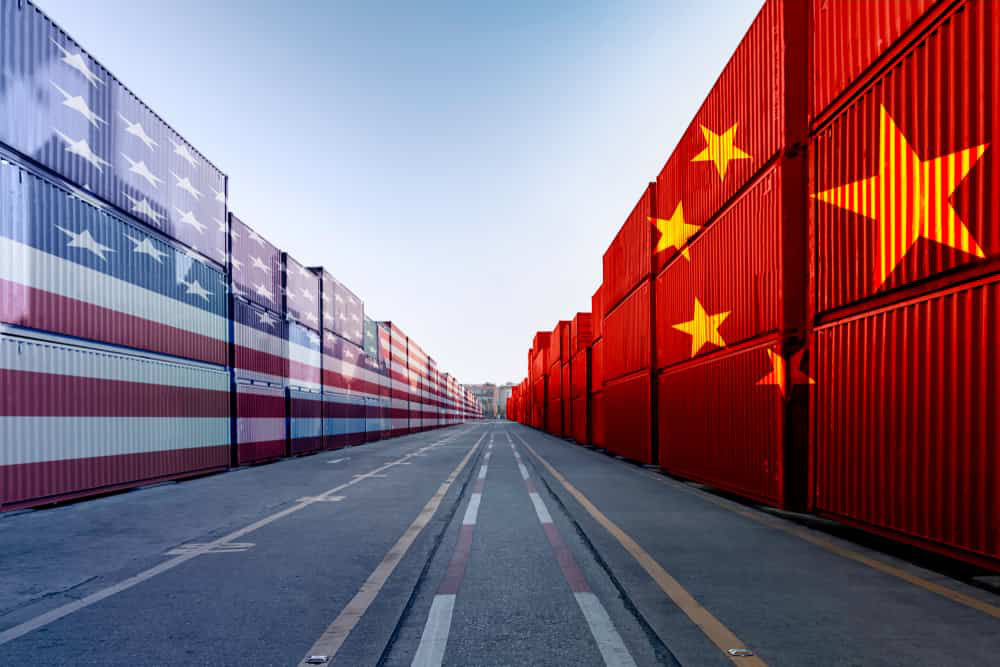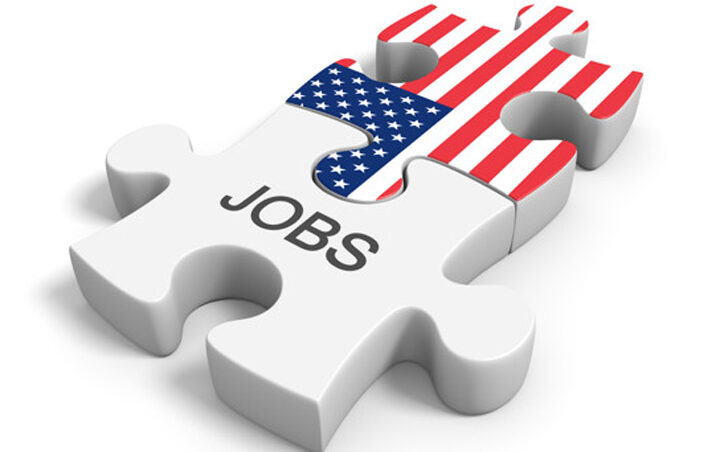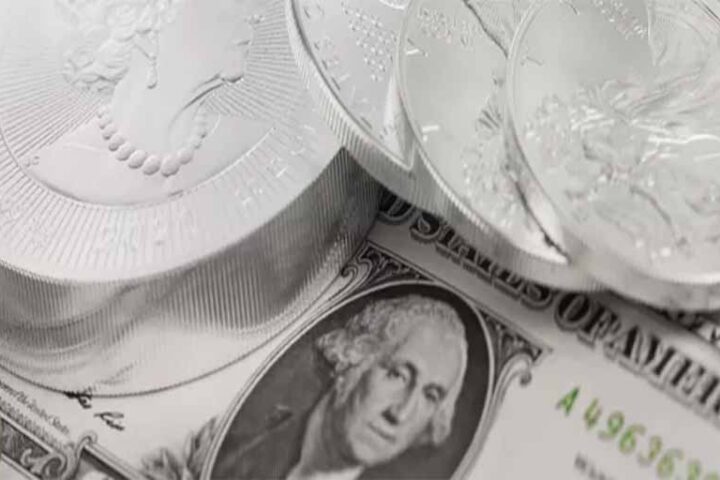Markets are set to rally on the announcement of a US-China trade agreement, but the structural conflict between the world’s two largest economies remains intact, warns the CEO of a leading independent financial advisory and asset manager.
President Donald Trump declared on Wednesday that a deal with China is “done”, pending final sign-off from both leaders.
The agreement, reached after two days of high-level talks in London, will allow the US access to rare earth metals critical to its tech and clean energy sectors, and permits Chinese students to resume studies in American universities, both of which had become flashpoints in recent months.
“This is a headline-friendly development and markets will understandably welcome it. But beneath the surface, nothing fundamental has changed,” said Nigel Green, CEO of deVere Group.
“This isn’t a breakthrough, it’s a partial restoration of a fragile status quo.”
Green explained that the trade truce is a return to the already-tense conditions that existed before early April, as it covers tactical ground, not the terrain of long-term rivalry.
“Tariff levels remain historically elevated on both sides. Major export restrictions are still in place, and key sectors are untouched,” he said.
The US continues to block the sale of advanced AI chips and semiconductor equipment to Chinese firms, citing national security risks.
China, meanwhile, has not gained meaningful concessions on autos, nor has it eased restrictions on outbound shipments of critical minerals in any lasting way.
“Beijing isn’t getting access to the US auto market, and Washington isn’t about to start selling its high-end AI technology. Neither side is treating the other all that differently than before this agreement,” said the deVere founder.
The agreement reaffirms the so-called Geneva consensus, includes a framework for rare earth supplies and student mobility, and temporarily lowers the volume of mutual recrimination. But it skirts the core issues: technology control, supply chain independence, export restrictions, and geopolitical influence.
Green warned investors not to be lulled into complacency.
“Markets will breathe easier in the short term. But the rivalry continues unabated. This deal is more of a market management tool than a durable solution.”
Ongoing decoupling
The deVere CEO points to ongoing decoupling across multiple fronts: the US remains committed to reshoring critical industries, including EV batteries, semiconductors, and artificial intelligence systems.
China is accelerating domestic substitution, financial insulation, and regional influence through Belt and Road initiatives and digital currency expansion.
Both countries are reshaping trade routes and payment systems to reduce interdependence.
“Two economic systems are forming,” said Green. “The US and its allies on one track, China and its partners on another. Investors need to understand the gravity of this shift. Today’s agreement doesn’t stop that — it merely papers over it.”
For investors, the message is mixed. Short-term sentiment is likely to turn more positive, especially for equities exposed to global trade flows, semiconductors, logistics and consumer electronics.
However, deeper strategic risks remain. Tariffs and restrictions are still in play. National security considerations still govern trade policy. And both Beijing and Washington retain full discretion to reverse course at any time.
“Volatility will ease briefly, but the structural risk is still there. Investors should continue diversifying geographically, build exposure to supply chain alternatives, and favour sectors that can withstand geopolitical tension. Those who think globally and position accordingly will come out ahead.
“This deal is good news for today’s markets. But tomorrow’s outlook is shaped by bigger forces,” concluded Green.






